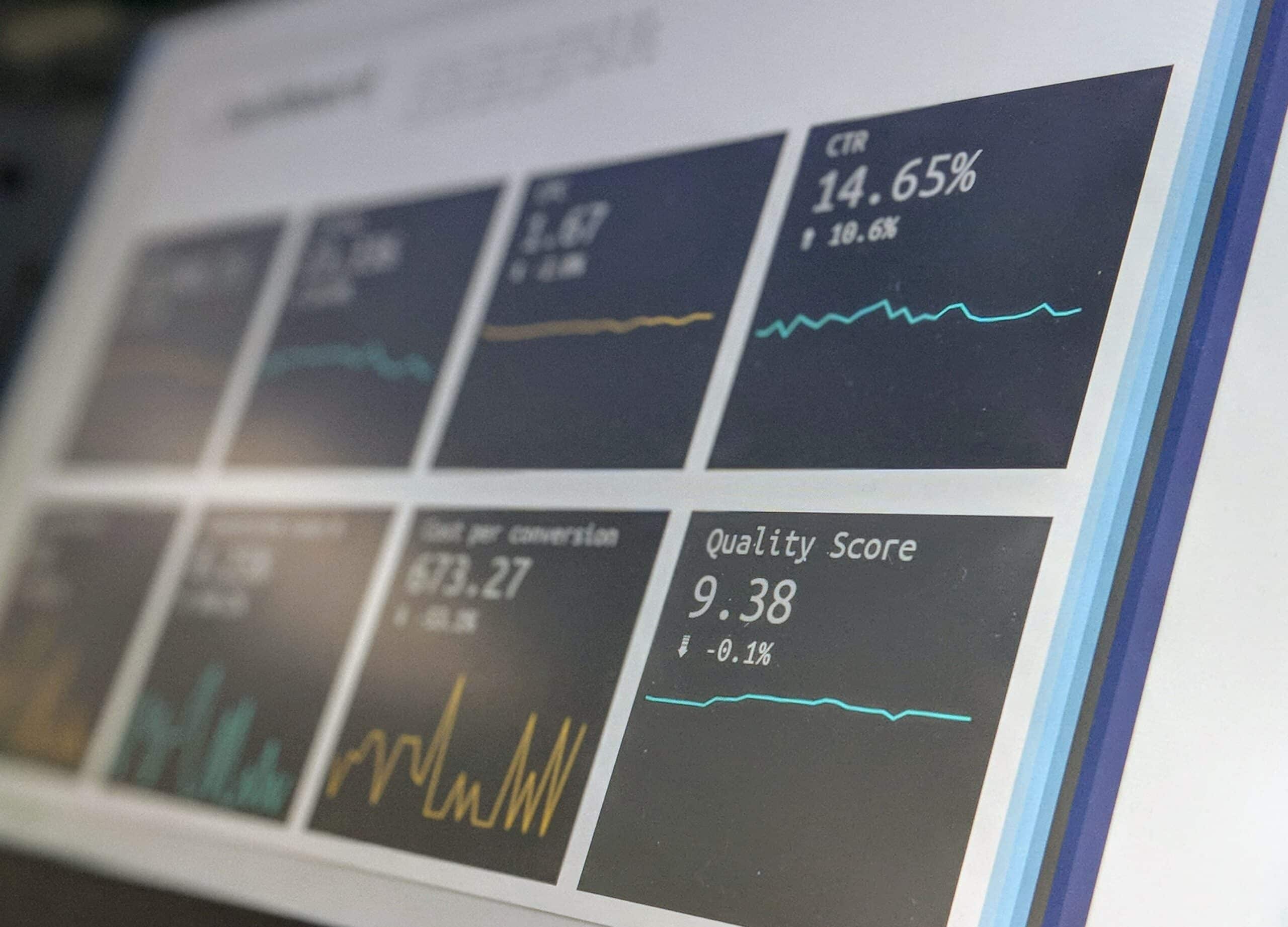Content Content Content
Content marketing isn’t an exact science, and the way people interact with content changes constantly. However, understanding content marketing analytics can help you make more informed decisions about your strategy, even if you don’t know how to use analytics.
So you want to learn about analytics but don’t know where to start? This article will tell you how to do that. Only 3% of bloggers never use analytics and 29% track every single one of their posts — meaning that most bloggers are either not using them at all or are not doing it correctly.
Who doesn’t love a good analytics tool? I know I do. And there’s no shortage of them out there. Google Analytics, HubSpot, ClickFunnels — all of these and more offer the results you need in order to gain insight and learn how to improve your content marketing strategy. But of course, a good analytics tool can only take you so far. You need the right strategy behind it and that’s precisely where I come in.
In this blog, we want to explain the importance of content marketing analytics, what they are and how they work. We’ll also demonstrate how these analytics can be used to improve your strategy.
5 Ways to Use Content Marketing Analytics
Marketers have many options for data and analytics, but understanding the information and how to apply it to your strategy can be overwhelming. Here are nine ways to use content marketing analytics to your advantage.
1. Use Bounce Rate to See Which Pages Have the Highest Engagement and Identify Common Themes
A bounce rate is essentially the number of single-page visits as a percentage of visits. For example, if a person visits your site and bounces back within ten seconds, then they have a 100% bounce rate. Bounce rates vary greatly, depending on your website. For example, the average bounce rate for e-commerce sites is 47%. That means if one person visits the page and bounces back within ten seconds, then that page has had a 47% bounce rate. This can give you clues as to what pages might need improvement, or simply highlight the most engaging pages on your site. High bounce rates may not always be a bad thing—you should consider whether they indicate that visitors are engaging with a specific page or whether they’re just going to one section of a site before exiting. From the left navigation in Google Analytics, go to Behavior > Site Content > Content Drilldown. To determine which pages have the highest bounce rate, click the “Bounce Rate” metric. A down arrow will appear, which indicates the metric is sorted from highest to lowest.
2. Our advice for using content marketing analytics to identify gaps and create new content is this:
The phrase “best of both worlds” gets tossed around frequently in our modern vernacular, as a way to describe a scenario where two very different concepts seem to be in stark contrast but, nevertheless, somehow coexist nicely.
We’ve never seen it more true than when I looked at the phrase “content marketing analytics.” These analytics tools look at both sides of the user journey: how visitors get to your site and what they do once they do. The “how” side of the journey is about identifying what people search for when they find you. This is an important matter for businesses of all sizes; 66% of businesses surveyed want to increase their content creation spending and we think that makes perfect sense because pages with consistent traffic but high bounce or exit rates are not meeting visitor needs. Thanks to keyword research, though, you can tell visitors what they specifically want and add content to those topics accordingly.
3. Compare Engagement Rates Across Platforms to Determine Mobile-Friendliness and Implement Changes
What devices are your website’s visitors using? If you don’t know, then your site may be under-serving a large number of your visitors. This not only drives traffic away but can harm your brand strategy in the process.
You might not know this, but worldwide internet traffic is broken down by device like so:
56.05% mobile
41.52% desktop
2.43% tablet
This breakdown differs depending on country, region, and website. However, one thing remains the same: a majority of people use a mobile device regularly. Even if your site is overall mobile-friendly, tools like Google Analytics can help you make it even better.
4. Use Heat Maps to Understand How Visitors Use Your Website so You Can Improve Flow and Optimize User Experience
The web is a beautiful place. It’s filled with colorful signs, banners, buttons and images. Over time, people have grown to recognize these things — we call it the web design language. But using just pictures to communicate the message of your website can be limiting. Tables, graphs, and flow charts provide useful information, but sometimes it’s more helpful to have visual data. There are a few tools that come in handy when understanding how visitors interact with the elements on your website: heat maps, scroll heatmaps, and click-heat maps.
Heat maps are visual representations of where visitors click on your webpage. Their goal is to understand what draws them in, what makes them scroll down the page, or where they don’t even bother clicking on anything at all. The important thing about them is that they present the full picture of how users interact with your website and content. Tools like Google Analytics use heat maps to track visitors and optimize your content strategy. That’s why it’s important to not only track the “element most scanned” but also the amount of clicks and scrolls over an element or a whole page to learn even more about your customers’ behaviors.
5. Understand Organic Search Metrics to Create Content Marketing Templates for Your Blog
The one thing you should always remember is that your blog is a living, breathing entity. Constant writing means new content and new insights. One of the best ways to get new ideas for your blog is to analyze the performance of content that you’ve already published. Understanding organic search metrics can help you create content marketing templates for your blog.
The one thing you should always remember is that your blog is a living, breathing entity. Constant writing means new content and new insights. One of the best ways to get new ideas for your blog is to analyze the performance of content that you’ve already published. Whether you’re reading blog posts or conducting research, seeing low bounce rates and high session duration on pages tells you that readers are enjoying what they see on your page and that it is likely ranking well on search engines (though this will change as Google evolves). This is because the first five pages of results account for two-thirds of all clicks from search engines. Remember these and other insights in order to create content marketing templates for your blog.

